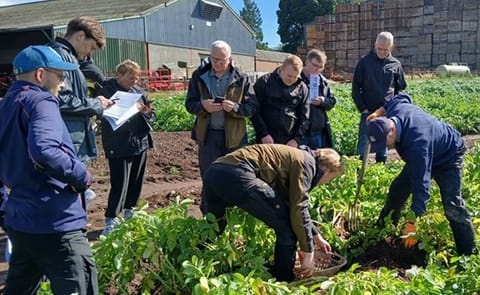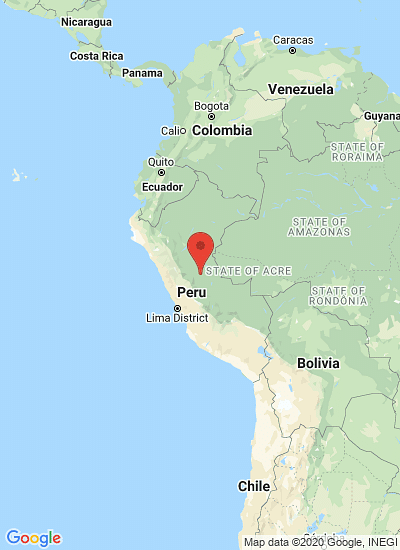The potential of the potato has only just begun to be realized.
Potato Potential - in all climates
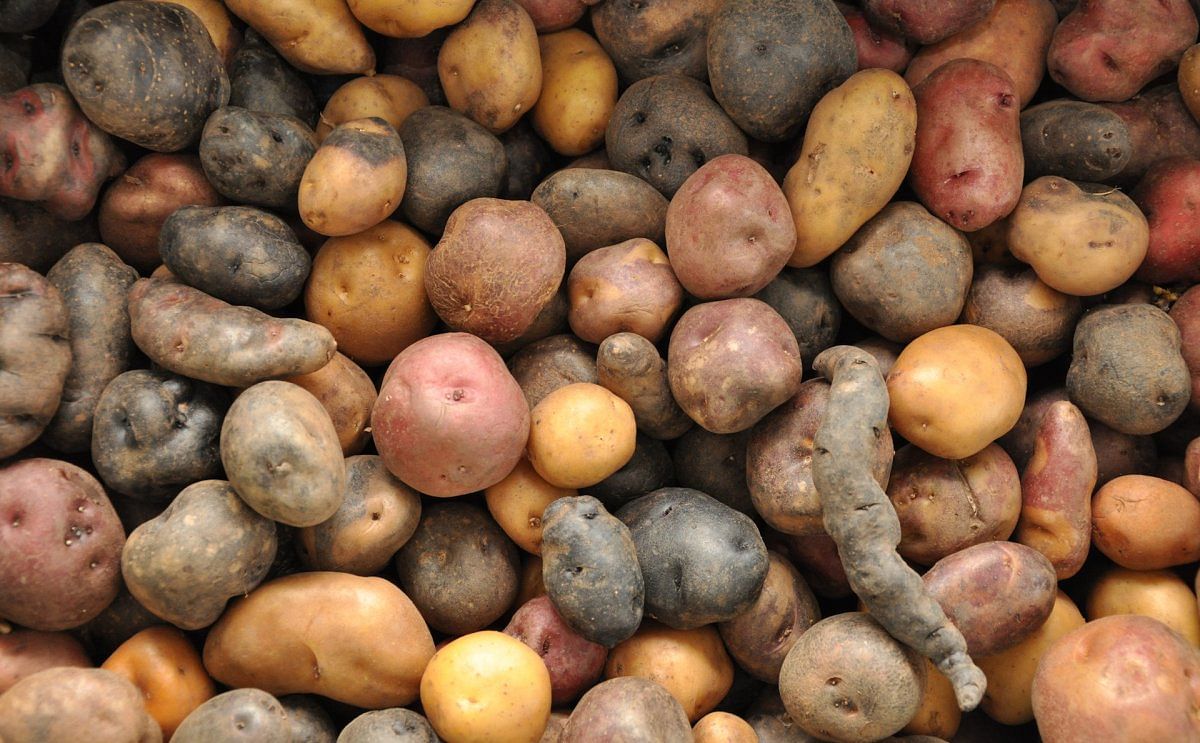
The potential of the potato has only just begun to be realized. Some 368 million metric tons of potatoes were harvested globally in 2019, as people from Vietnam to Kenya, the Peruvian Andes to Rwanda produced a wide variety of the root vegetable, helping feed an estimated 1.3 billion people who rely on them as a staple food. And this is a minimum threshold – potato production is expanding across parts of Africa and Asia.
In step, researchers around the world are hurrying to find ways to increase the quality and yield from potato production through targeted varieties better suited to local weather and soil conditions. 'Climate-smart' potatoes are also being bred to be more resistant to deadly disease and sturdy enough to withstand some effects of climate change, including heat and drought.
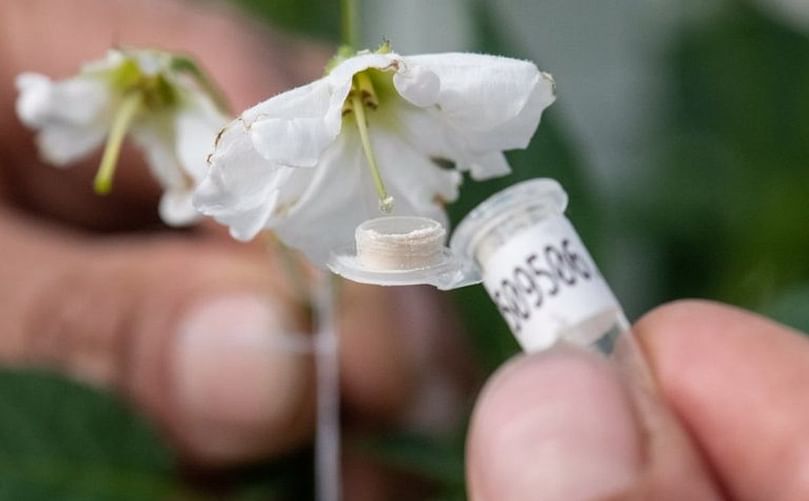
As part of the CWR Project at the International Potato Center (CIP), Peru, scientists are crossing heat-tolerant potatoes with local varieties.(Michael Major | Crop Trust)
Thiago Mendes, a Kenya-based potato breeder with the International Potato Center (CIP):
“Our target is improving food security.”
More 'robust' varieties of potato are being developed through genetic diversity, accomplished by combining various genetic strains of potato, he says.
A lack of genetic diversity has long menaced potato production: it was a contributing factor to Ireland’s devastating potato famine in the mid-19th century when crops of the same potato variety succumbed to late blight, a devastating micro-organism that infects and causes the decay of tomatoes and potatoes, wiping out the harvest across the country.
Mendes and his colleagues are crossing susceptible domesticated potato varieties with numerous types of their wild spud relatives through the pre-breeding work under the Crop Wild Relatives (CWR) project, a 10-year project led by the Crop Trust to collect important species of crop wild relatives, ensure their long-term conservation, and facilitate their use in breeding new, improved crops.
Thiago Mendes:
“We're thrilled to see that many of the resulting plants now have a natural resistance to the disease of late blight.”
This not only helps fight hunger and malnutrition, but it also gives smallholder farmers more ways to earn cash by selling surplus potatoes on local markets in the immediate, with potential to expand into wider markets. These farmers' success, however, also requires planting with good seed potatoes, which aren't always available.
Additionally, farmers are not always aware that they can look beyond their usual local or community sources for seeds.
Thiago Mendes:
“In Africa, this is one of the main reasons for low production – a lack of good-quality seeds for planting.”
“We see a lot of potential for Africa, especially facing the scenarios we know about climate change and how this can threaten the potato production there.”
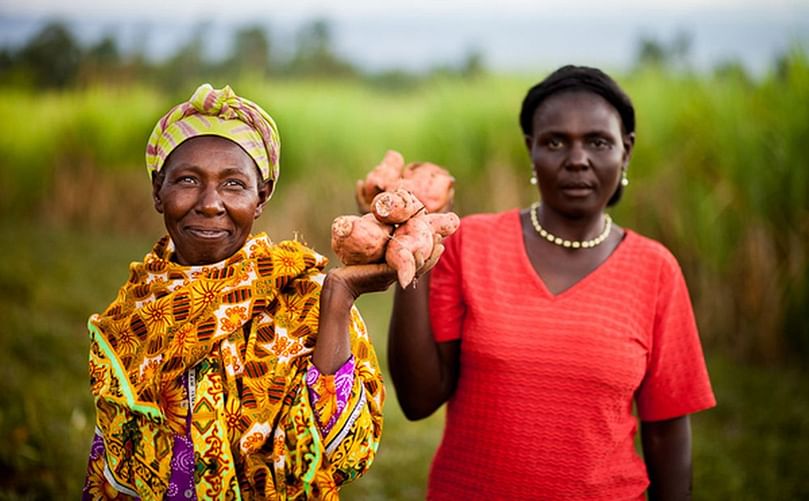
Orange flesh sweetpotatoes are an excellent source of Vitamin A, which is essential to a nutritious, balanced diet. (Courtesy: Fintrac Inc.| USAID)
Beyond Africa, potatoes' popularity continues to expand around the globe. As it works toward a long-term goal of doubling its national potato production, China was the world's largest producer of potatoes in 2018, followed by India, Ukraine and Russia.
Here's what else is happening with potatoes in the world:
- Potatoes are highly nutritious, offering vitamins C and B6, manganese, phosphorus, niacin, dietary fiber as well as iron and protein.
- More than 4,000 edible varieties of potatoes exist around the world; almost double that number – 7,000 samples – of potato, sweet potato, and Andean roots and tubers are contained in the world's largest potato genebank, at the International Potato Center (CIP), containing enormous amounts of genetic variety and potential.
- There are about 150 known species of wild potatoes, found from the southwestern United States to southern Chile, with the highest diversity of species found in Peru and Bolivia.
- Rwanda is sub-Saharan Africa's third-largest producer of potatoes, which underpins the country's food security, with annual consumption of 125 kilograms per person. Other main African producers include Nigeria, Kenya, Uganda, Angola and Ethiopia.
- The market for frozen, processed potatoes – example, French fries – is booming, more than doubling to 7 million tons traded globally between 2007 and 2017. The Frietmuseum, solely dedicated to the past and present of fries, opened in 2008 in Bruges, Belgium.




